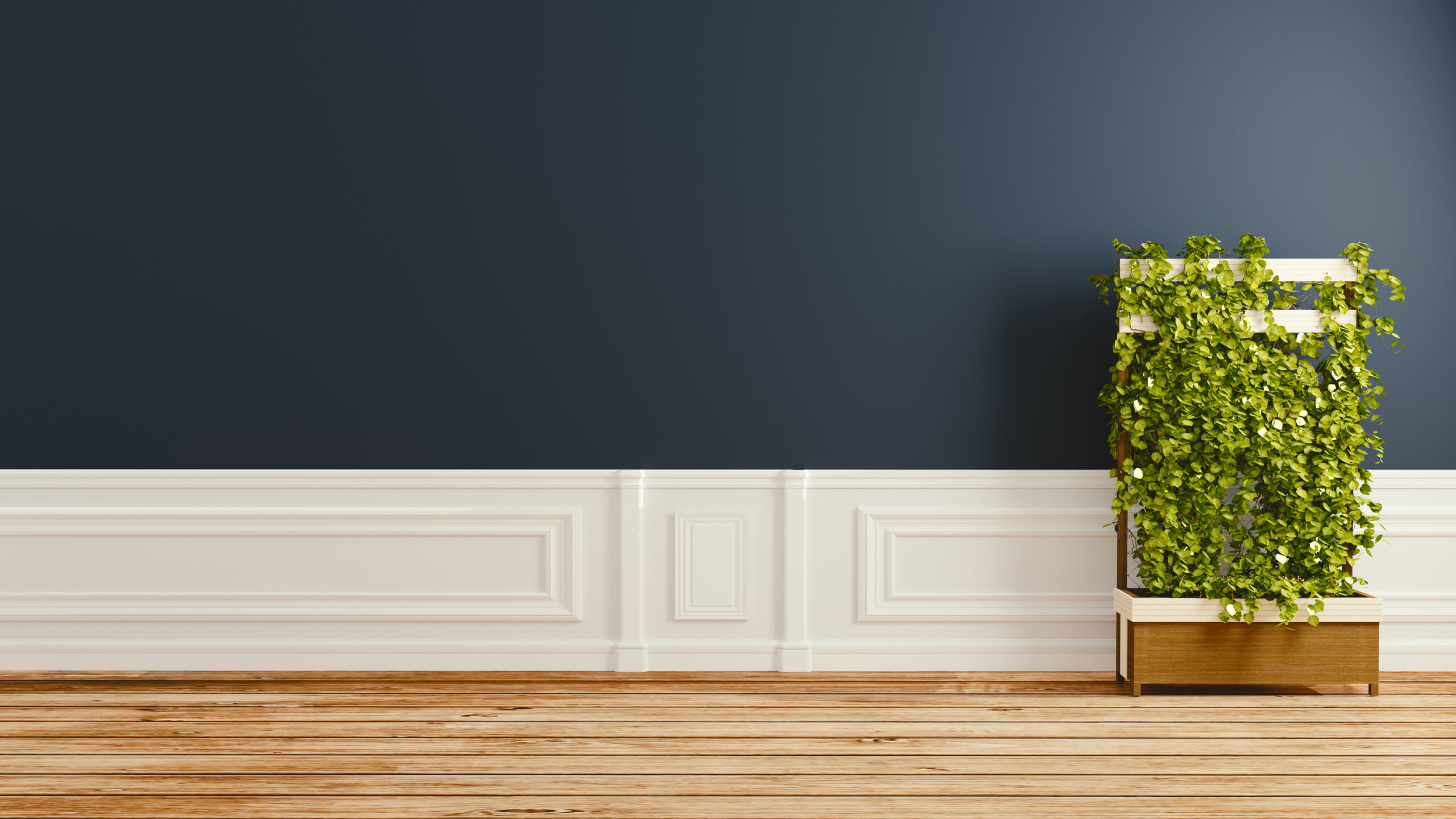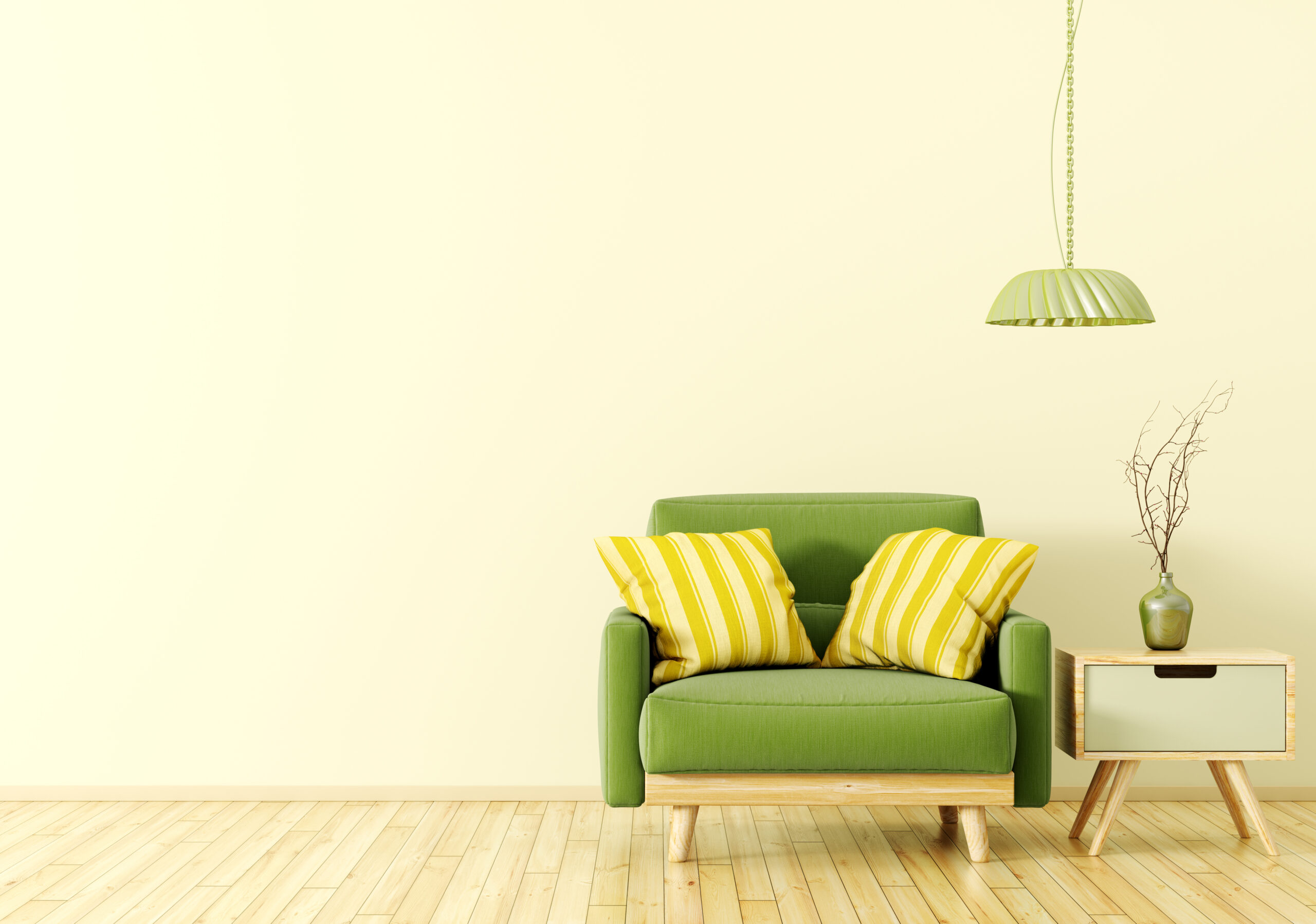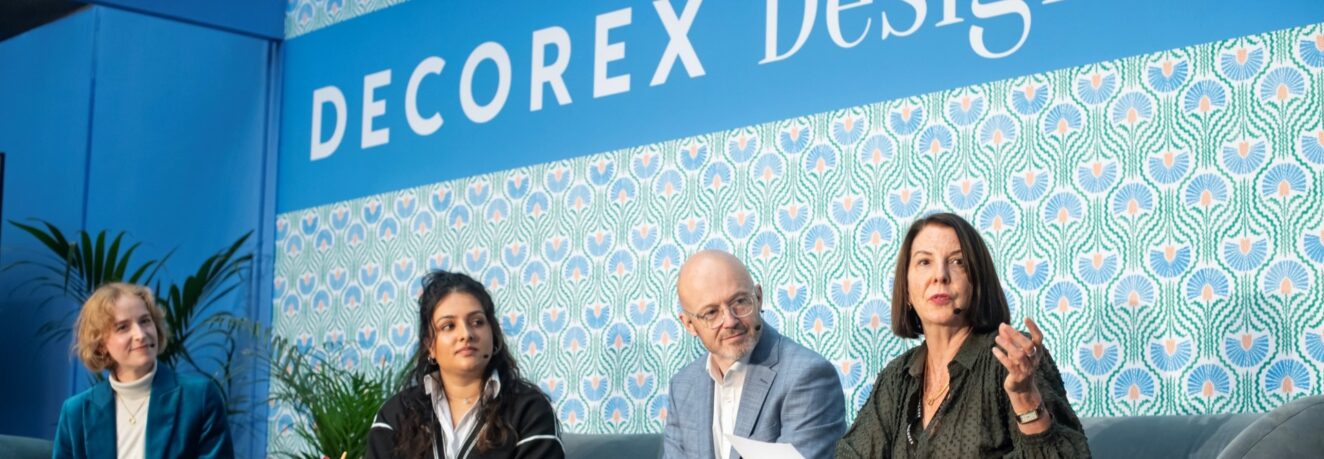Like countless other industries, the interior design sector is also undergoing a significant transformation driven by the integration of artificial intelligence (AI).
This technological shift is revolutionising how designers create spaces, offering plenty of new opportunities. However,
associated challenges to creativity and potentially to employment, are creating ripples amongst the
design community. So, is AI a friend or foe of interior designers?
AI: A boon to creativity and job satisfaction
There’s the obvious post-pandemic interrogation of our public and private spaces from a health and safety perspective, with air flow and occupancy levels becoming critical considerations of the same importance as fire and flood regulations and building codes.
It’s been suggested that AI-powered tools are enhancing creativity and efficiency across the design
process. Platforms like Adobe Firefly and Autodesk’s Dreamcatcher use AI to generate an array of
potential design options based on user prompts, allowing designers to quickly explore and refine
their ideas. Designers are also using AI tool Midjourney to brainstorm interior design projects and
source inspiration images to portray a mood and direction. These tools accelerate the ideation phase
of interior design, and may lead to more creative and personalised offerings.
On the topic of personalisation, solutions such as Houzz, an online community and platform for
home design, employs AI to recommend products and ideas tailored to individual user preferences.
Does it always get it right? No, but it’s still comparatively early days, and tools like this will arguably
get more accurate at deciphering user preference the more they are used.

Spatial planning is another area where AI is making a significant impact. AI algorithms can optimise
the utilisation of space, generating layouts that include desired hard furnishings while maintaining
aesthetics and functionality. This future-gazing Apple Store project covered by the British Institute of
Interior Design even uses AI to make real-time layout adaptations depending on each customer’s
needs and preferences.
Akin to other industries, interior designers can also utilise AI for streamlining the management of
concurrent projects, predicting timelines and assisting with planning and budgeting – helping them
speed through the admin and instead focus on the creative elements of their work.

AI: A threat to creativity and employment
Conversely, the integration of AI into interior design also brings a potential threat to creativity. There
is a risk that over-reliance on AI might stifle human creativity, leading to homogenisation and
‘parroting’ of design styles and a loss of unique, human-driven ideas. The automation of various
design processes also poses a threat to certain levels of employment within the sector. As AI tools
become more sophisticated, more routine tasks (especially the creation of visuals) may become
obsolete, impacting job security. According to a report by McKinsey, up to 30% of tasks in 60% of
occupations could be automated, highlighting potential for job disruption.
Data privacy is another valid concern by many. AI’s reliance on large datasets to function effectively
raises issues around the collection and analysis of personal data, including imagery, for personalised
design experiences. Ensuring compliance with data protection regulations like the GDPR is crucial to
mitigate these risks.
In addition, investing in AI software, training staff, and keeping on the cutting edge of advancements
may be both a time and monetary resource that smaller design firms or sole trader designers just
don’t have.

Humans + AI: A perfect design?
AI has already started to transform the interior design industry, offering exciting opportunities for
innovation, efficiency, and enhanced client experiences. And this excitement is valid.
However, the sector must also address the accompanying challenges, particularly in regard to the possible stifling of creativity and risk to certain job roles. Even being aware of this is a good prompt to start thinking about creative working practices and relevant reskilling of employees.
While AI does a good job of analysing data, and from a design point of view, suggesting an array of
different options or visualisations, it simply can’t replicate the emotional and intuitive aspects of
human creativity (and all the personal and cultural experiences that are intertwined within that).
After all, interior design isn’t solely about aesthetics; it also involves creating spaces that evoke
emotion and enhance comfort and occupant wellbeing.
The interior design sector will always need the human touch – real people on the ground creating
these designs in real life, collaborating with suppliers and contractors to make sure a space looks and
feels perfect, something AI cannot (at present!) replicate.
In our opinion, the future of interior design and the key to navigating this new landscape lies in the
harmonious integration of both AI and human creativity, where technology enhances but doesn’t
overshadow. It’s important to remember that AI is a brilliant tool, but it is just that. A tool.
